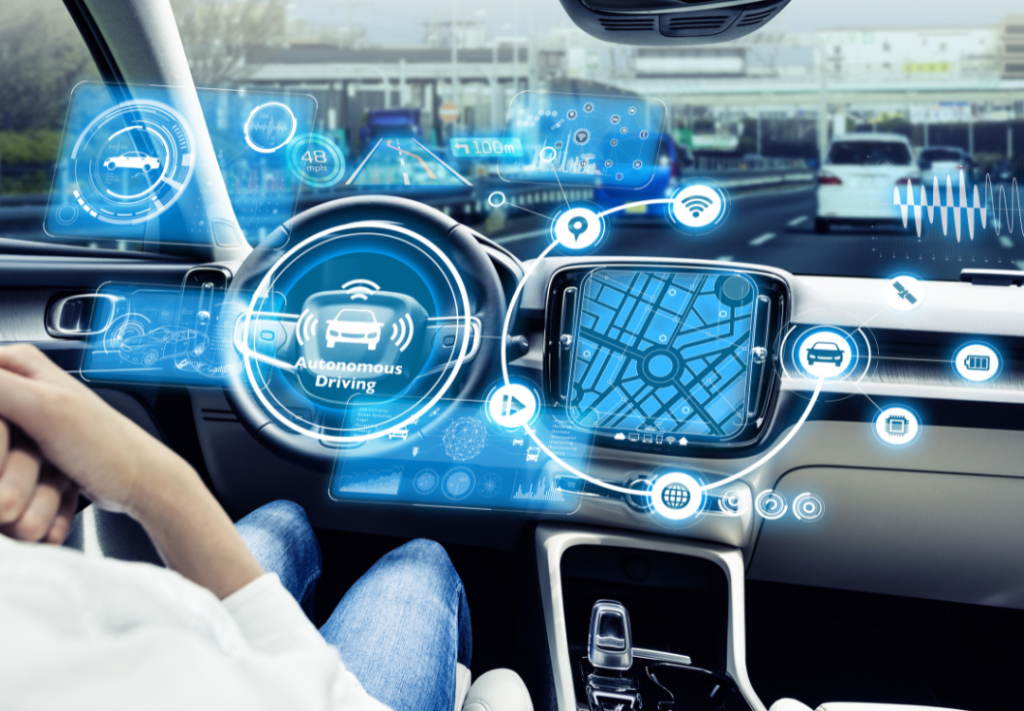AI-driven smart vehicles will be a common sight on roads around the world. Autonomous vehicles (AVs) are set to revolutionize how we travel, offering safer, more efficient, and more accessible transportation. With advancements in AI, machine learning, and sensor technology, these vehicles will be capable of navigating complex environments, responding to real-time data, and optimizing routes for maximum efficiency.
The Impact of Autonomous Vehicles on Safety
One of the most significant benefits of AI-driven smart vehicles is the potential to reduce accidents and improve road safety. According to the National Highway Traffic Safety Administration (NHTSA), 94% of traffic accidents are caused by human error. By eliminating human drivers, autonomous vehicles can dramatically reduce the number of accidents, fatalities, and injuries.
AI systems in AVs will be able to process data from a variety of sensors, including cameras, LiDAR, radar, and GPS, to build a 360-degree map of the vehicle’s environment. These systems will be able to detect pedestrians, cyclists, other vehicles, and potential hazards with incredible precision, even in challenging weather conditions. This will make driving safer and more predictable, as the AI can react much faster than a human driver.
Efficiency and Environmental Benefits
AI-driven vehicles will also help improve the efficiency of transportation systems. Autonomous cars will be able to communicate with each other and with infrastructure such as traffic lights and road signs. This communication will allow vehicles to optimize traffic flow, reducing congestion and travel times.
Additionally, AI will enable more fuel-efficient driving. Smart vehicles will use real-time data to optimize routes and adjust driving behavior, such as speed and braking, to reduce fuel consumption. With the rise of electric vehicles (EVs), AI will also play a key role in managing battery life and optimizing charging schedules, further reducing carbon emissions and the environmental impact of transportation.
Accessibility and Mobility for All
One of the most exciting aspects of autonomous vehicles is their potential to increase mobility for people with disabilities, the elderly, and others who may be unable to drive. Smart vehicles will offer autonomous transportation solutions that provide greater independence and mobility for these individuals, allowing them to travel without needing a human driver.
In cities where public transportation options are limited, autonomous vehicles could also serve as an affordable, on-demand solution. This will be especially important in areas with aging populations or rural communities where transportation options are scarce.
Market Growth and Statistics
The autonomous vehicle market is growing rapidly, with estimates from Allied Market Research predicting the market will reach $556.67 billion by 2026. The introduction of AVs is expected to reduce the number of accidents significantly. According to a study by the RAND Corporation, if autonomous vehicles reduce road accidents by just 10%, it could save $250 billion annually in economic costs related to accidents.
As AI technology continues to advance, we can expect the integration of smart vehicles into everyday life to accelerate, with companies like Tesla, Waymo, and Uber leading the charge in autonomous vehicle development.

